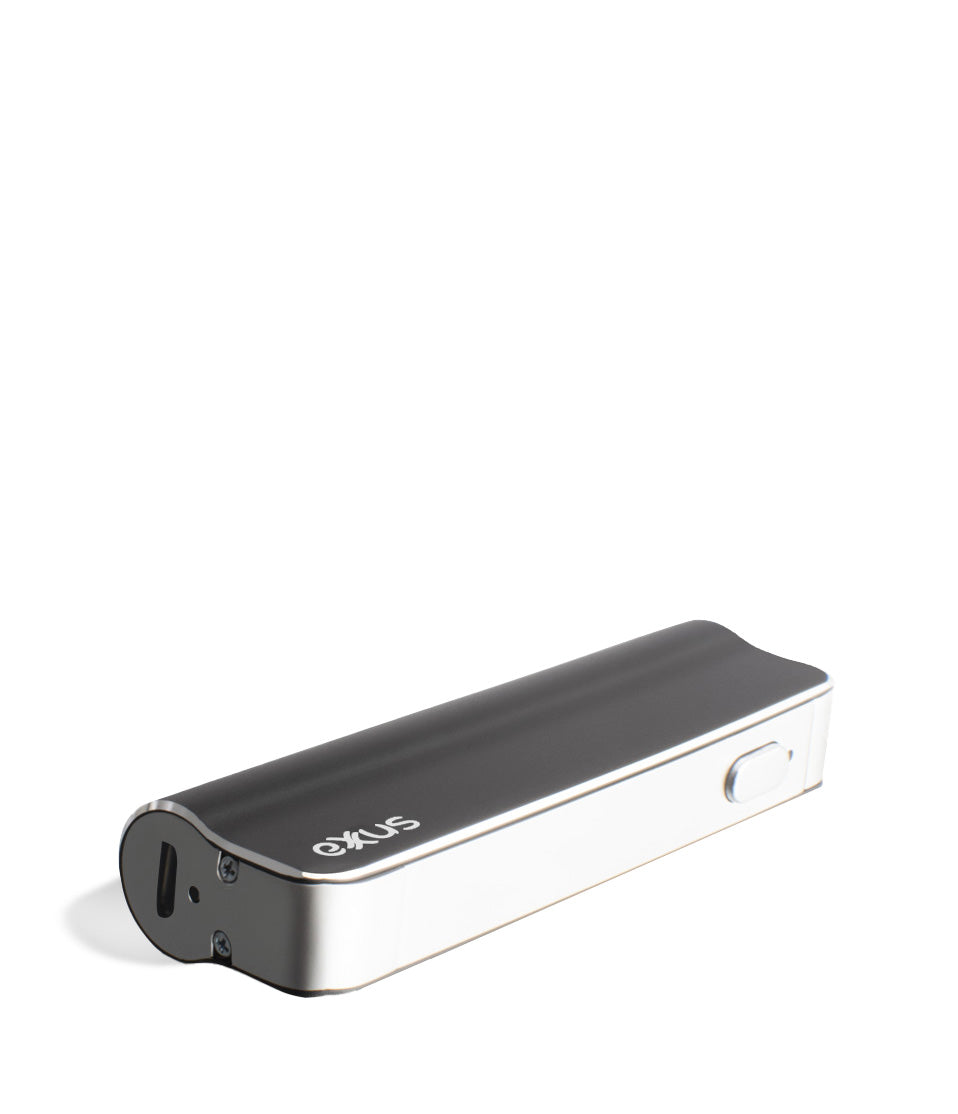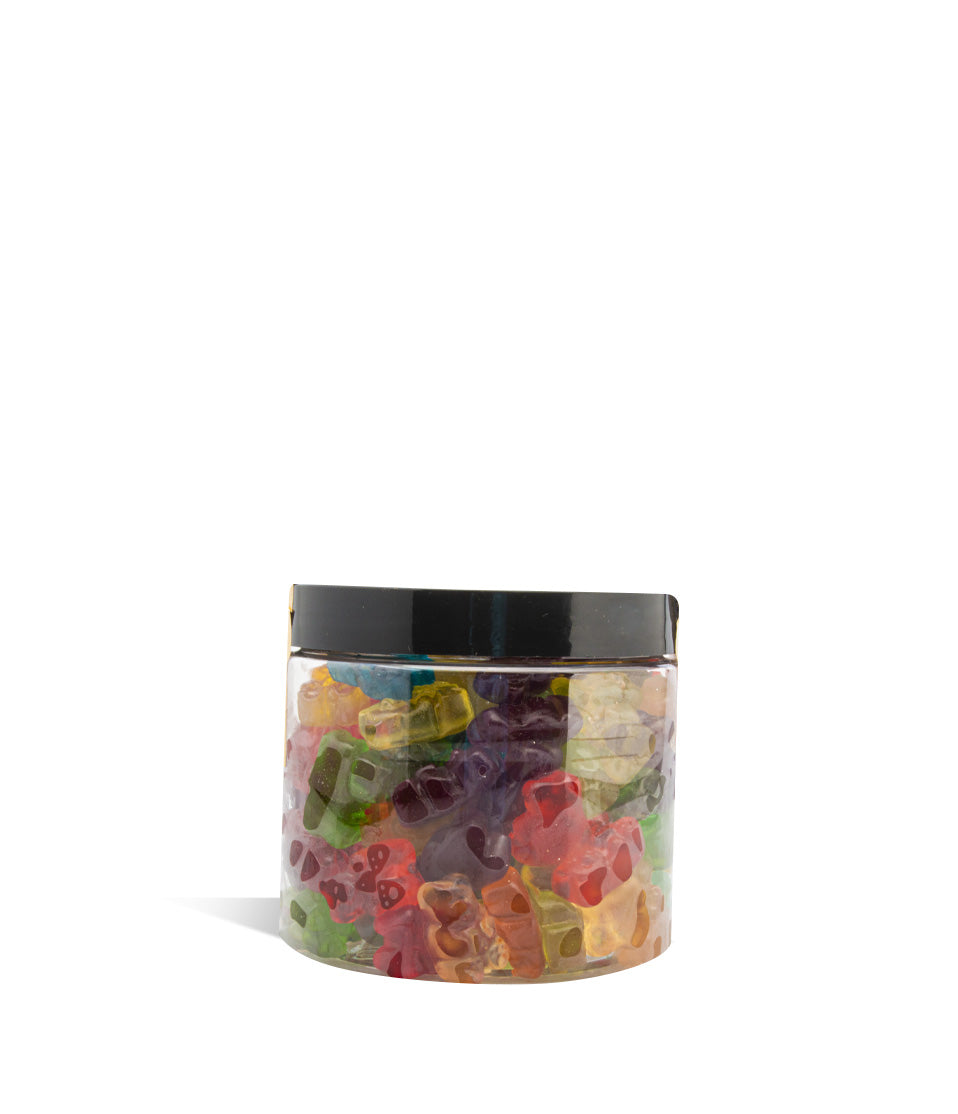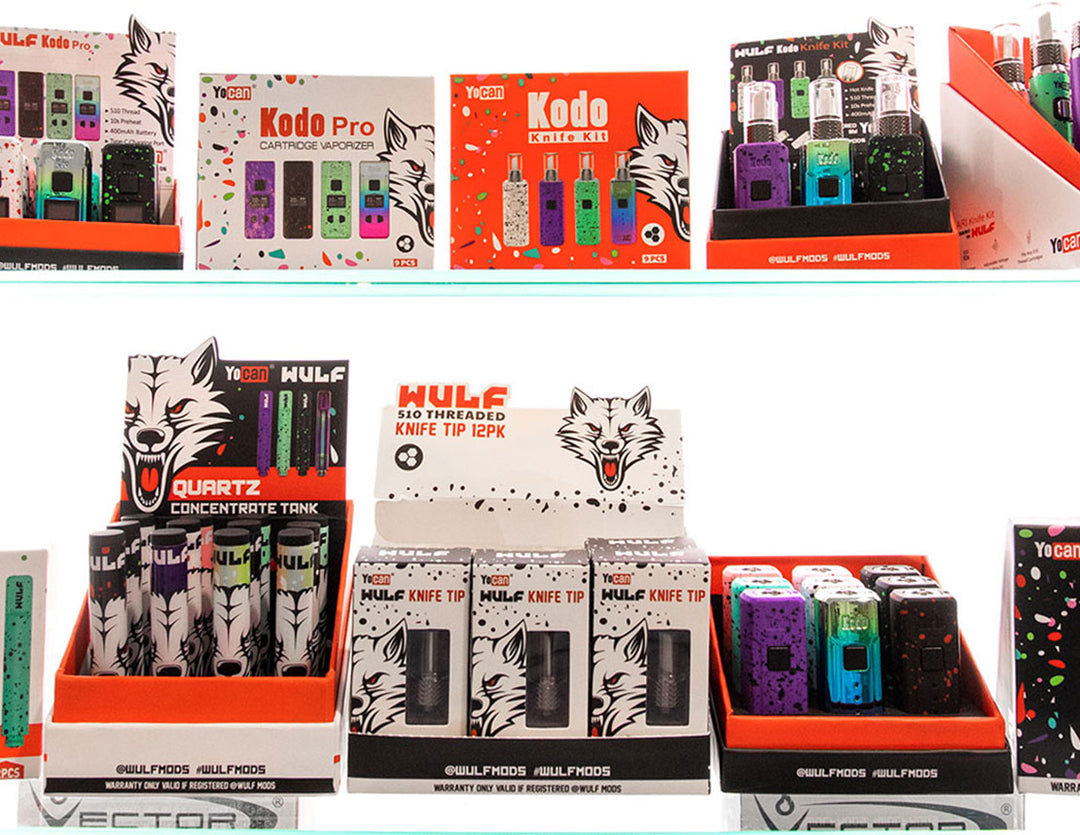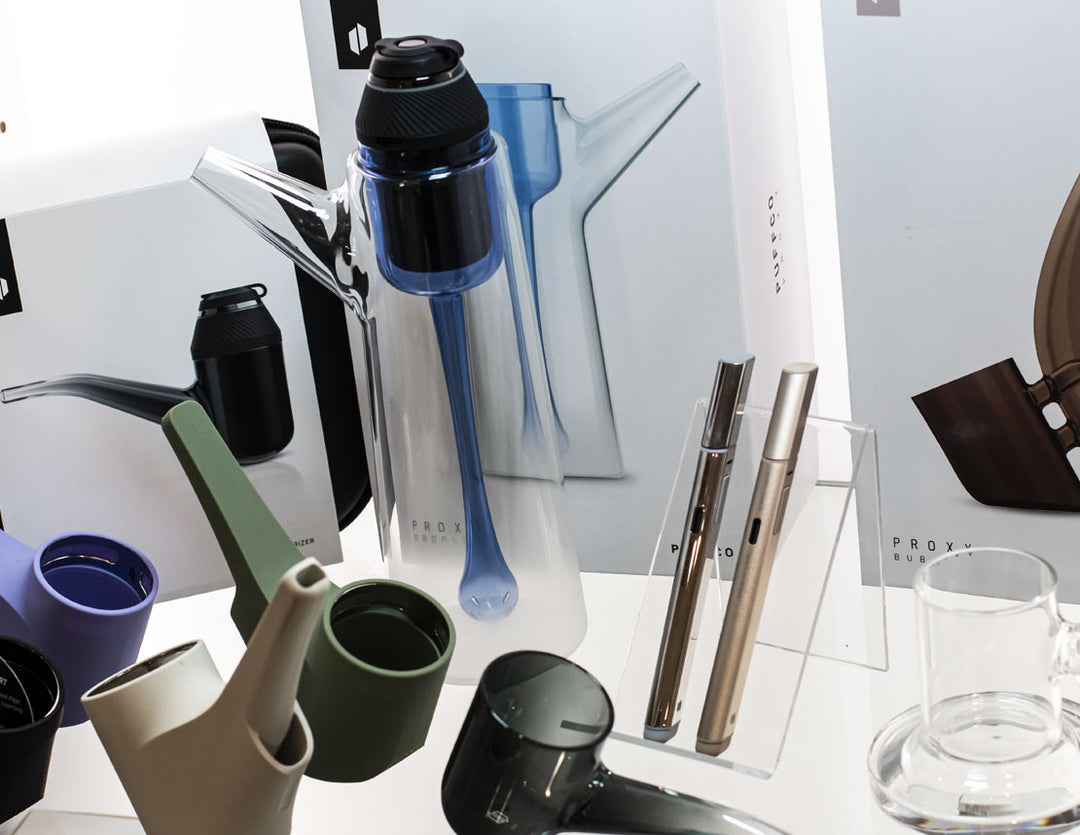Cracking the Case of Cognitive Dissonance in Your Smoke Shop

Riddle me this Smoke Shop owners, how am I able to fully believe the music of Creed is an audible abomination, yet when Higher comes on, I can’t help but belt out my best grunge croon, like a junkyard dog serenading the hungry flies buzzing around a chocolate brick they just laid.
The answer? Other than removing Creed from the jukebox at Applebee’s, is a little old psychological concept called cognitive dissonance.
What is this word salad? How does it affect my bottom line? And why does it let our A.I. take pride in flushing toilets, while at the same time planning how to wipe us off the face of the earth?
Read on to learn a thing or two about customer psychology and how you can ethically manipulate it to boost your sales for more $$$. You heard us right, that’s no freudian slip, of course this is all about the money.
It’s why we’ve created the following Smoke Shop Blog on cognitive dissonance and how it affects your bottom line. So join us on this deep dive into the minds of your shoppers and brave the storm that is the thought process behind customers buying or not buying your products.
Table of Contents:
What is Customer Psychology?What is Cognitive Dissonance?
What is Customer Cognitive Dissonance?
How Does Customer Cognitive Dissonance Affect My Sales?
How To Reduce Anti Sales Cognitive Dissonance
Showing Customers the Value Through the Trees
Tell Customers the Whole Story
Make Your Shop Interior Reflect the Value of Your Products
In Conclusion
What is Customer Psychology?
To properly set our scene, let's take a few moments to discuss the concept of customer psychology and how it affects the amount of green they are willing to shell out.
Not everyone who walks into your shop is going to be in the same mood or general state of mind. Some will come in with a smile painted on their face with time to spare, whereas some will come in wearing a scowl looking to get out ASAP.
Everything from missing their train this morning, to just receiving news of a promotion, is going to influence how suggestible they will be to purchasing extra at your store. That’s why it's important to view their monetary decisions not as them seeing worth in particular a product, but instead a reflection of how they are currently feeling.
The psychology of commerce is so important that in the US there exists the “Consumer Confidence Index”, a monthly report by the Conference Board that surveys how confident shoppers are about spending their money in the current economy.
It’s not a bad idea to keep a tab on national economic trends, as while they are just general summations of data they can help you stay one step ahead of the curve. Checking out where the consumer confidence index is presently at is a great way for you to get a general barometer.
The Bureau of Labor Statistics is another great source of economic information, they do monthly job reports that measure how many have been gained / lost in the USA. Use this info as if you were dipping your toe in the water to test it, it’s not the full truth but it gives you a general idea of how people are dealing with employment in America.
Moods influence how much and what exactly we want to purchase, which is why when customers are struck by cognitive dissonance by something in your shop it can be so catastrophic to your sales.

What is Cognitive Dissonance?
According to the American Psychological Association cognitive dissonance is described as “an unpleasant psychological state resulting from inconsistency between two or more elements”.
The feeling of the mind dealing with two opposite truths, and its resulting attempts to alleviate this discomfort, are how cognitive dissonance works to influence our every move.
In layman's terms, cognitive dissonance is the concept of the friction created by simultaneously holding two incompatible ideas in your head at the same time. Believing in both, despite the fact that accepting one as truth proves the other to be false and vice versa, causes your psyche to work overtime to figure out how to square this unequal equation.
Thus from this inert contradiction a deep discomfort grows within us, that goes on to both consciously and subconsciously affect our behavior as we attempt to reduce the dissonance.
Eliminating the discomforting feeling of not being in control is a powerful motivator and drives everything from our moods to our spending habits. Which brings us to our next point…
What is Customer Cognitive Dissonance?
This concept arises in your shop when your shoppers are dissuaded from buying what they need because they can’t square the value or are haunted by a purchase with regret. Customers can put up mental blocks to convince themselves why they don’t need that upgraded item, instead of seeing the hidden value within it that would actually save them money.
Additionally when confronted with evidence to the contrary, their inner cognitive dissonance will discount the new info or search for holes to poke in it to allow them to continue their reasoning.
The consequences of this can manifest itself in your shop in many different ways, with the only commonality being that your bottom line is going to take a hit.

How Does Customer Cognitive Dissonance Affect My Sales?
Customer cognitive dissonance can take a sledgehammer to the foundations of your revenue by way of lost potential sales, increased chargebacks, stunted word of mouth, and any number of other potential butterfly effects that could stem from losing out on profits.
The hard truth is that when customers experience cognitive dissonance within your Smoke Shop, the most immediate and effective method for them to dispel the feeling is to simply walk right back out the door they came in.
Shoppers will express the need for a higher functioning device, while simultaneously wanting to spend as little money as possible. That means a potential sale hangs in a very fragile balance.
A nudge this way or that is enough to completely derail the entire thing, by way of their cognitive dissonance growing too unbearable. Instead of turning gears in their head to finally choose a solution to their problem, people will defer to going back to their stasis. They go back to their old device for a sub par experience and you are left without a sale; no one ends up happy.
How To Reduce Anti Sales Cognitive Dissonance
Now that we understand our enemy, it’s time to go on the offensive to ensure our profits are safe and sound in our banks come the end of Q4.
That’s why we are going to diss the dissonance with the following grab bag of tools to add to your repertoire of shop keeping tricks.

Showing Customers the Value Through the Trees
One of the best ways to reduce this anti-sales dissonance is to properly explain to your customers the entire value of the item they're interested in. This combats the feeling of dissonance customers can experience after they buy a more expensive device and on the way home feel regret due to the lack of money to spend elsewhere.
But what if you were to explain that for instance when you use a more expensive dry herb vaporizer like the Sutra Mini, you are actually going to save money in the long run. This is because a higher quality product will more effectively use your dry materials and make sure you get 100% of their value instead of the truncated experience you’d have on a cheaper product.
Sure you can save half the cost by buying the knock off, but you are going to end up feeling it on the other end when you run through all your materials. This line of argument when organically inserted into a pitch is crucial to tying the bow on your sale and will help assuage the dissonance the shopper may feel when seeing a higher price tag.

Tell Customers the Whole Story
Everyone has experienced being upsold on a lemon when you really wanted an orange, so customers are going to naturally take the info you give them with a grain of salt but this doesn’t mean it's all in one ear, out the other.
On the contrary this puts you in the advantageous position of knowing exactly what your customers do not want to experience. They don’t want the obfuscation of competitors, they don’t want to be confused about what features do, and they especially don’t want to be lied to.
So as the shop owner you can use your eagle eyed position to tailor your sales pitches to customers at their exact level. Take the time to show alternatives and thoroughly explain the advantages / drawbacks to each of them, this way in their head they won’t have the uneasy feeling that they aren’t being shown all the cards.
For example if you had customers looking for a premiere cartridge vaporizer and had the Wulf Recon 4G in stock, you could explain more about how Wulf has been killing at the game since 2011, is trusted in the community, and makes sick vapes.
Continue on to speak about direct specifications such as the Recon 4G’s 650mAh battery, 5 preset voltage settings (1.8, 2.4, 3.0, 3.6, and 4.2v), and amazing OLED screen. Show some batteries without these features to visually demonstrate the value within the Recon 4G or whichever other vaporizer you are currently looking to move.
That’s why we recommend putting everything you know out on the table. Tell them as much about the brand, product, and benefits of whatever you are trying to sell to make sure their cognitive dissonance never has a chance to build.
Make Your Shop Interior Reflect the Value of Your Products
Another line of dissonance that can arise in your smoke shop is when a customer is considering a big ticket item like an Exxus Go Plus, and they look around at an unappealing environment.
This can be caused by lack of proper bright lighting, unpleasant smells, cluttered confusing inventory, and many other in person cues that shift a customers internal matrix from wanting to give you their money, to feeling uneasy at where they are spending it.
Selling customers on everything from the high end, to simple items like a lighter is all contingent upon you creating the air of trustworthiness within your shop.
Making the environment as pleasant as possible will have customers looking for reasons to open their wallet and put them in a mood where they don’t fear being taken advantage of.
Shoppers can actively want to pick up a product at your shop but if they encounter any of these unpleasant realities their cognitive dissonance will convince them making the purchase at your shop is not worth the price / risk.
In Conclusion
Now that we have a better grasp on what customer cognitive dissonance is, it’s time to get back out there and start closing these sales! Make use of everything and anything you learned here to boost your profits and gain the trust of your customer base for a better bottom line.
For more insider tips and smoke shop news commentary, come check out our Wholesale Vaporizer Blog here!
P.S. - Don’t forget that there are only 4 full weeks left until this year's 7/10 Day, so make sure you are ready to make bank, by reading over our breakdown!















Leave a comment